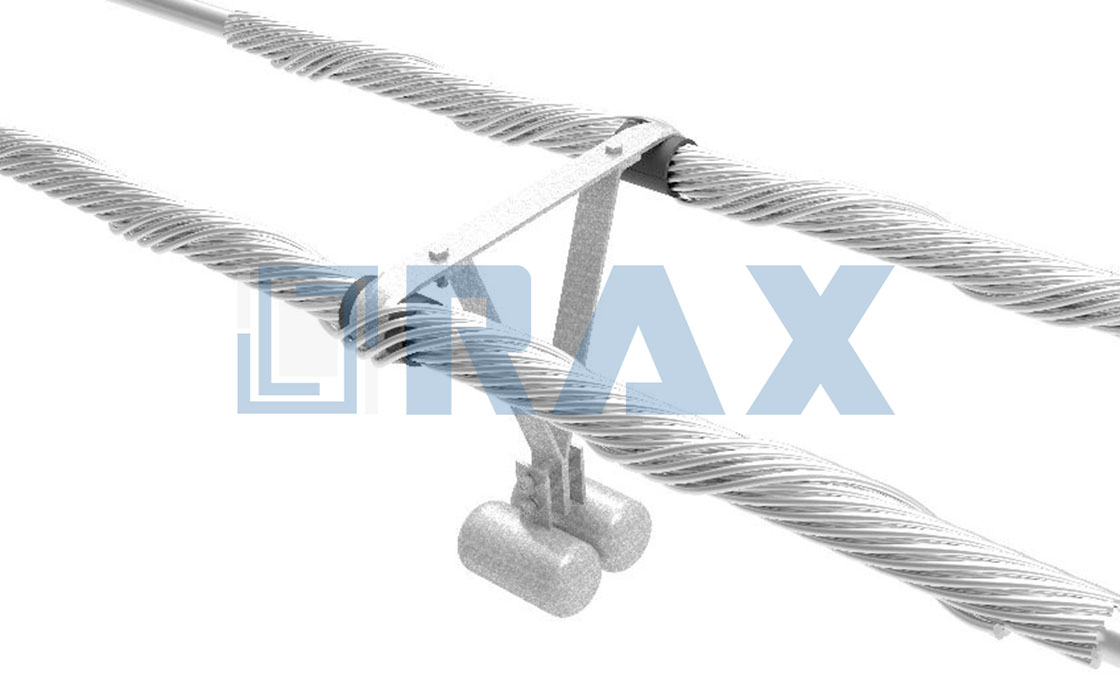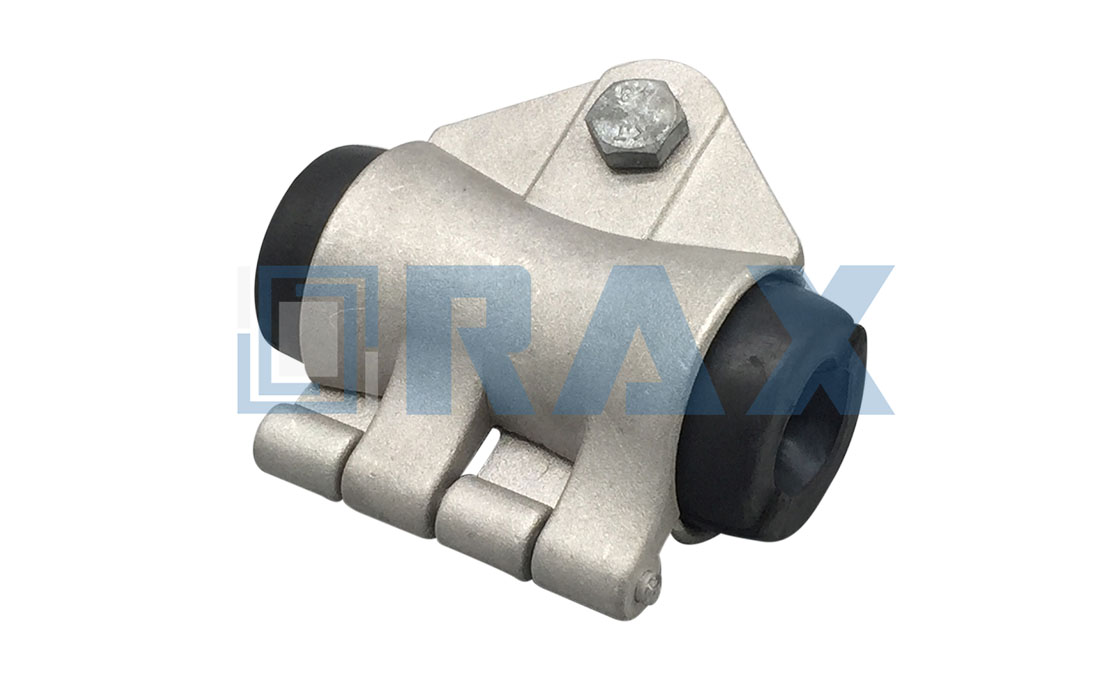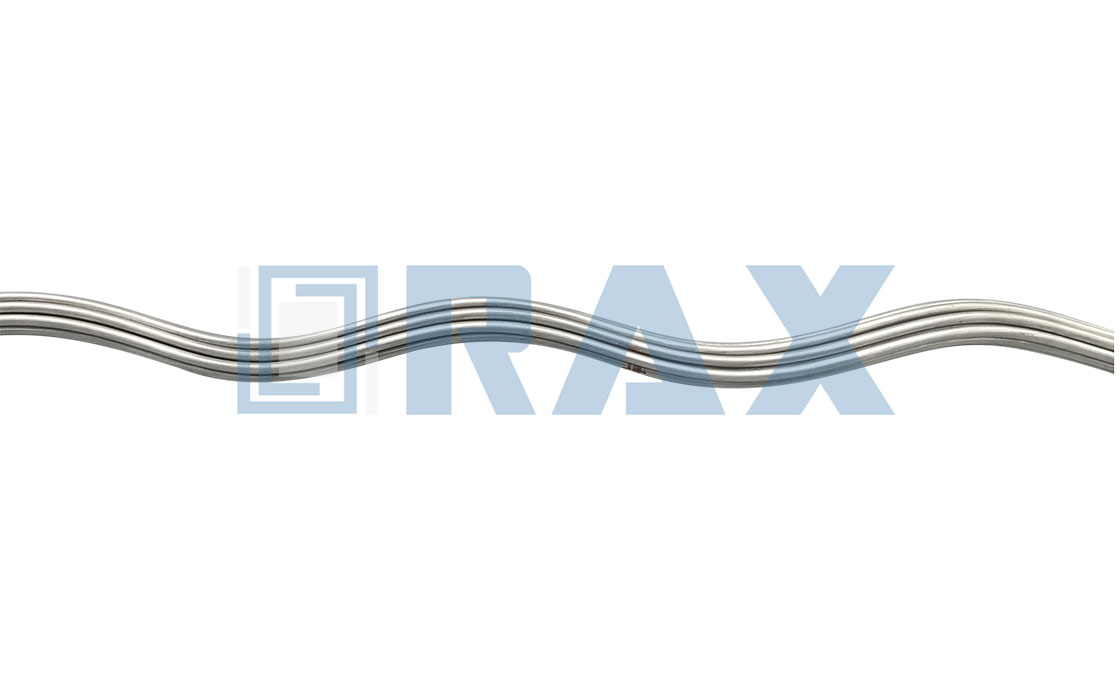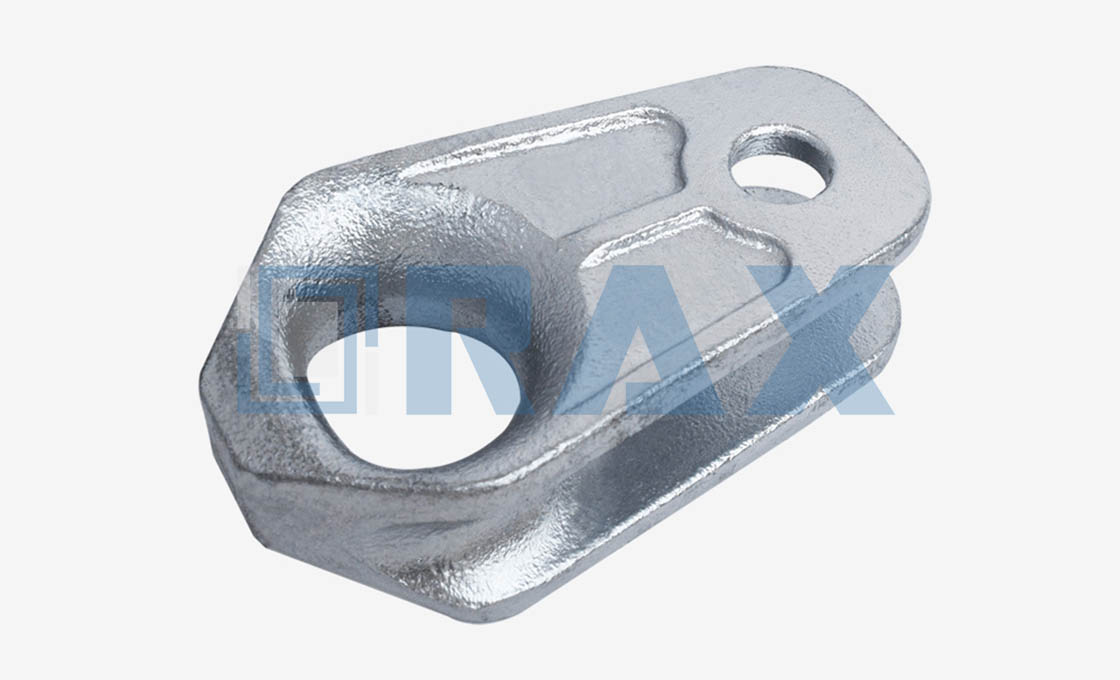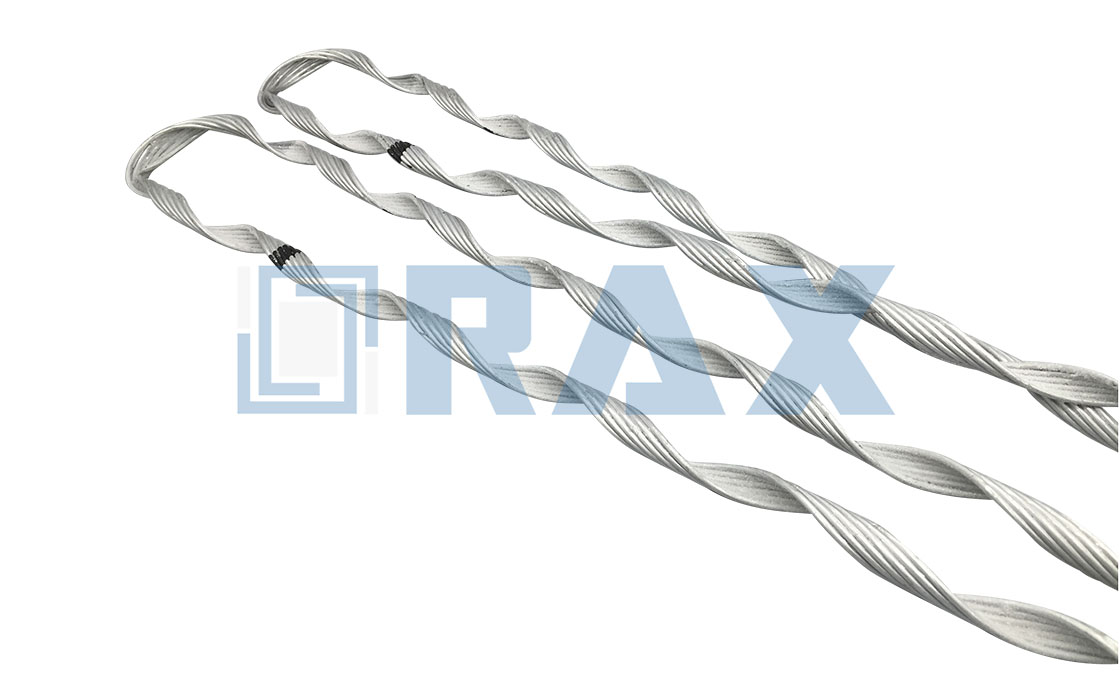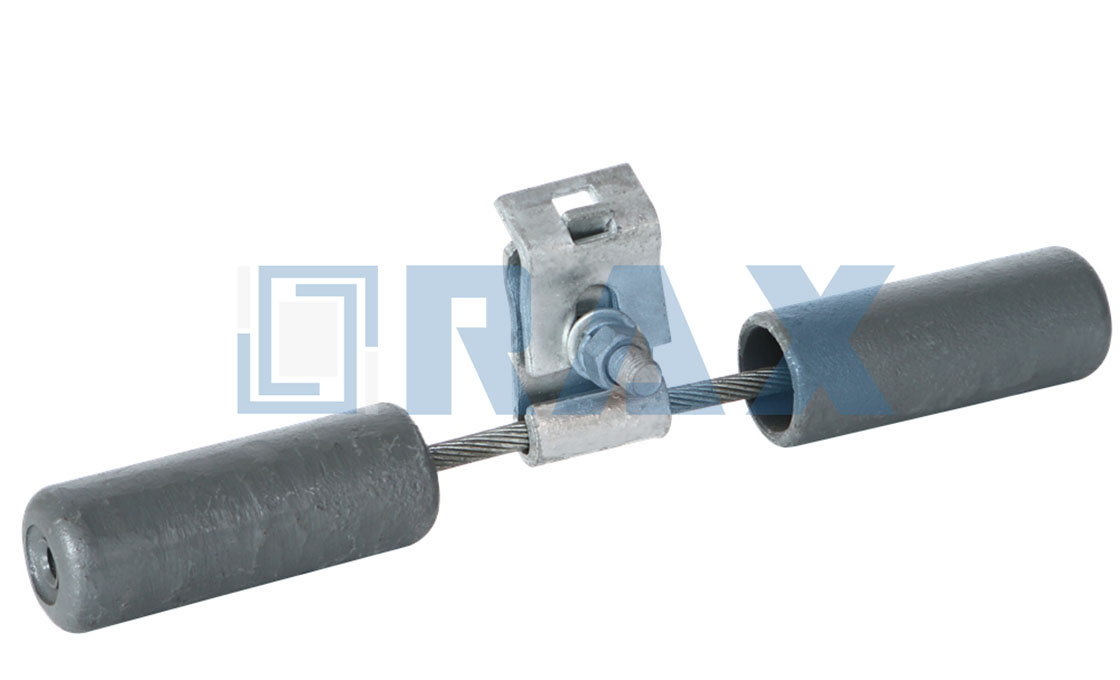Detuning Pendulum
The Detuning Pendulum is a motion control device designed to minimize vertical conductor motion during galloping events on power transmission lines. It consists of a pendulum mass attached to a conductor via structural reinforcing rods, a slit cushion, and retaining rods. Detuning Pendulums can be configured for single, twin, tri, or quad-bundled conductors, with the mass, number of weights, and torsion arm varying based on specific span factors.
Detuning Pendulums suppress galloping, reduce conductor clashing, and increase cable longevity when applied in recommended quantities and placements. They are project-specific and require analysis for optimal design and positioning. The pendulum is typically installed on de-energized or live lines using helicopter or bucket truck methods, with placement accuracy within ±3 feet of the specified location.
Features of the Detuning Pendulum:
• Rated for 250°C continuous operation
• Customizable pendulum weight for specific applications
• Structural reinforcing rods protect outer aluminum conductor strands
• Rubber sleeve provides additional protection at attachment point
• Helical rods used for attachment to reduce compression forces
• Designed for single or bundled conductor configurations
Frequently Asked Questions (FAQ)
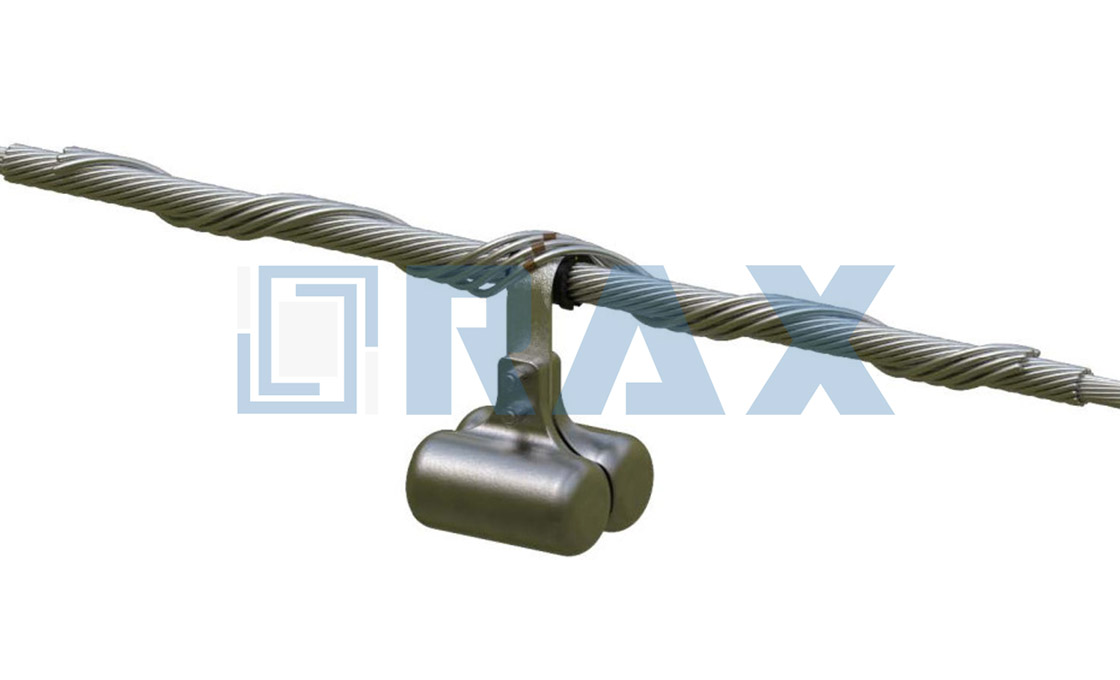 What is a Detuning Pendulum?
What is a Detuning Pendulum?
A Detuning Pendulum is a motion control device designed to minimize vertical conductor motion during galloping events on power transmission lines. It can be configured for single or bundled conductors and is project-specific, requiring analysis for proper design and placement.
How does a Detuning Pendulum work?
The weighted arm of the Detuning Pendulum opposes rotational force on the conductor and changes its torsional frequency. This prevents synchronization with vertical frequency, reducing the number and amplitude of galloping events, thus preventing damage to the transmission line.
What are the components of a Detuning Pendulum kit?
A Detuning Pendulum kit includes the pendulum assembly with weights and frame, structural reinforcing rods, an elastomer cushion to support the pendulum, and retaining rods to hold the pendulum in place on the conductor.
What is the thermal rating of a Detuning Pendulum?
Detuning Pendulums are rated for 250°C continuous operation, making them suitable for use in high-temperature environments on power transmission lines.
How are Detuning Pendulums installed?
Detuning Pendulums can be installed on de-energized or live lines using helicopter or bucket truck installation methods. The installation process typically takes less than three minutes per pendulum when performed by experienced linemen.
What is the weight range of Detuning Pendulums?
The weight of Detuning Pendulums varies depending on the specific application, typically ranging from 25 to 75 pounds (11 to 34 kg).
How do Detuning Pendulums protect conductors?
Structural reinforcing rods and a rubber sleeve are applied to the conductor before attaching the Detuning Pendulum. This protects the outer aluminum strands from damage at the attachment location and reduces compression forces on the conductor.
Can Detuning Pendulums be used on different conductor configurations?
Yes, Detuning Pendulums can be configured for single, twin, tri, quad, and hex bundle conductor configurations. The design is tailored to match the specific conductor spacing and diameter for proper fit.
How effective are Detuning Pendulums in controlling galloping?
Extensive field studies have proven that Detuning Pendulums effectively reduce the number of galloping events and drastically decrease motion amplitude when they occur, preventing damage to transmission lines.
